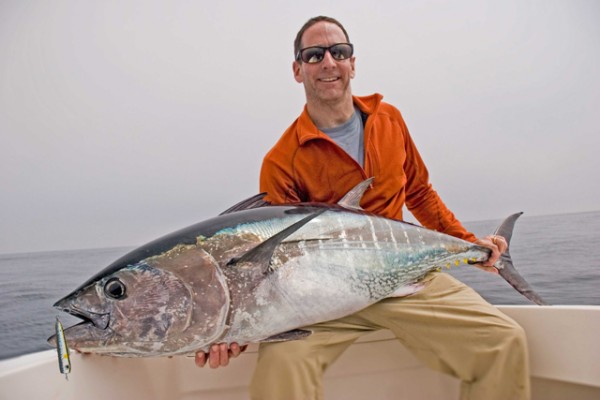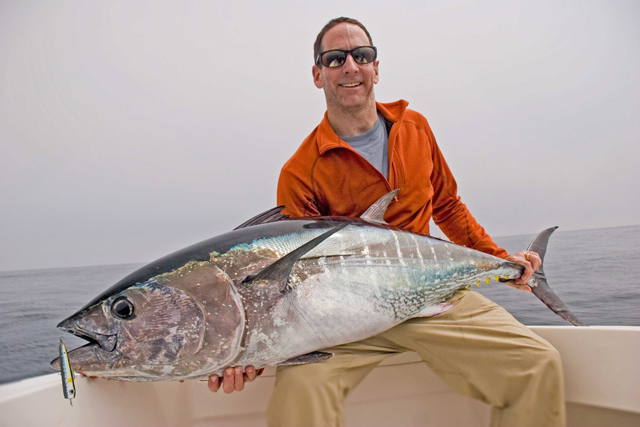By Thomas Wheatley and Grantly Gallund for PEW
[dropcap]F[/dropcap]ew fish represent the current challenge of achieving sustainable fisheries better than the Atlantic bluefin tuna. For decades, the international community has allowed the overfishing of this iconic fish in the pursuit of short-term economic gains with little consideration of the future of the species. Yet just in 2015, the United States showed real leadership by implementing management measures to protect bluefin tuna during the annual migration to the Gulf of Mexico to spawn. These gear restricted areas (GRAs)—bluefin tuna spawning hotspots in which surface longline fishing is prohibited—have protected the species better than anyone could have imagined.

Photo by Brendan McCarthy.
Yet now, a proposal from the National Oceanic and Atmospheric Administration Fisheries Service (NOAA Fisheries) would eliminate these protections for Atlantic bluefin tuna in the Gulf, removing successful conservation measures in the only major spawning ground for the western population of this valuable fish. The proposed policy would reopen surface longline fishing in their spawning hotspots during peak times of April and May, which could prompt setbacks for the recovery of this severely depleted fish.
Atlantic bluefin still needs protection
Western Atlantic bluefin is among the most commercially prized fish on Earth. But after decades of mismanagement and overfishing the population today is a little more than half of what it was in 1974, when it was already depleted. And the International Commission for the Conservation of Atlantic Tunas (ICCAT), which is responsible for setting bluefin tuna quotas, hasn’t done enough to recover the population. In 2017, despite uncertainty about the status of the population, ICCAT abandoned its 20-year recovery plan and, in a short-sighted move, raised quotas. Now, ICCAT scientists project the western Atlantic population won’t continue to rebuild but will, in fact, decline.






